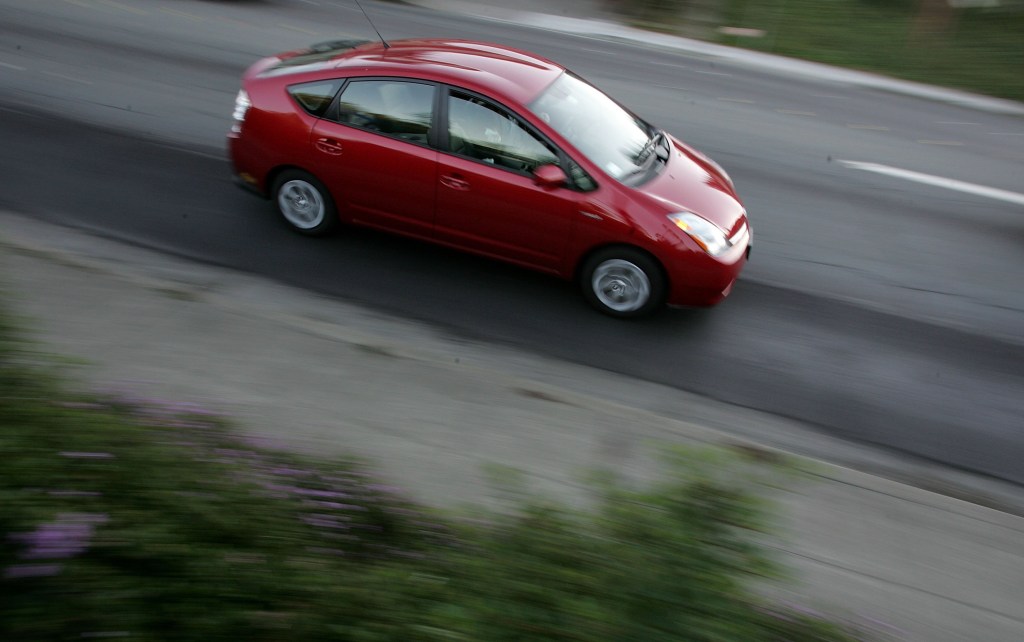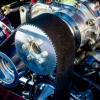
What Is Electric Power Steering and What’s So Great About It?
Whenever you drive your car, it’s easy to take certain things for granted. For example, the fact that you can turn the steering wheel effortlessly at a moment’s notice is a blessing. If you have ever driven any car without power steering, you would know exactly what we mean. If not, then count your lucky stars that hydraulic power steering was invented and you don’t have to turn the wheel with the force of a bodybuilder.
Through the years, that power steering system was refined and made more efficient thanks to using an electric motor instead of a hydraulic pump. But what exactly is electric power steering and what’s so great about it?
The history of power steering

According to Blue Devil Products, the first power steering system was introduced in 1951 on the Chrysler Imperial and the rest was history. From then on, engineers were able to tweak the car’s turning ratio, thus making it easier for drivers to turn the front wheels with fewer rotations of the steering wheel.
From the time that it was invented until the early 2000s, most power steering systems in cars were hydraulic-powered. This means that the system was powered by a pump filled with hydraulic fluid pumped to high pressure. And while this system works well when it comes to providing quick and easy steering, it also has its own set of drawbacks.
For starters, the hydraulic power steering pump is powered by the engine, which means that it has to run constantly. This constant mechanical draw on the engine is reported to have a five to eight-horsepower loss in most cars and can even decrease its fuel economy by around three miles per gallon. Additionally, the hydraulic power steering fluid must be changed periodically and if any of the components or hoses fail, then the fluid can get messy as well.
At the start of 90s and well into the early 2000s, many manufacturers turned to using electric power steering systems instead of hydraulic versions.
How does an electric power steering system work?

An electric power steering utilizes an electric motor in place of the hydraulic pump. Blue Devil notes that the electric motor itself is then guided by electronic circuitry connected to the car’s onboard computer system.
There are advantages with an electric power steering
Now that we can see how a hydraulic power steering system works, it’s easy to see why an electric system has its advantages. First, an electric system doesn’t draw power from the engine since it’s powered by the car’s electrical system. There’s also no need for a hydraulic pump, lines, or power steering fluid either, so you can say goodbye to any potentially leaky messes.
Additionally, auto manufacturers can tune a car’s electric power steering system to be speed-variable. This means that it can increase or decrease the car’s steering resistance depending on the speed that car’s traveling. For example, the car’s steering feel can tighten up at freeway speeds for greater stability and then loosen up at slower speeds for more turning ease and comfort.
Considering the ease, convenience, and fewer messes that an electric power system can provide, it’s easy to see why it’s used in most new cars today. If anything, at least you don’t have to worry about changing the fluid on one either.



